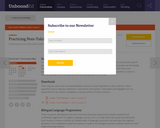
In this lesson, students will practice the routines they learned in Lesson 2.
- Subject:
- English Language Arts
- Material Type:
- Unit of Study
- Provider:
- Public Consulting Group, Inc.
- Author:
- Expeditionary Learning
- Date Added:
- 04/04/2014

In this lesson, students will practice the routines they learned in Lesson 2.

In this lesson, students will discuss their plans for their children's book and work on creating that plan to guide their writing.
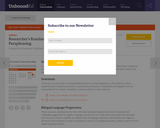
In this lesson, students will begin building background knowledge and paraphrasing about the garment industry.
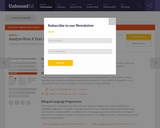
In this lesson, students will analyze how a text and a video both use images, quotes, and sequence.

In this lesson, students will begin working in groups of three in order to analyze how a particular excerpt conveys Douglass's position about slavery.
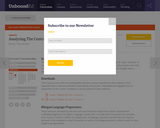
In this lesson ,students will continue to work with the text "The Border" and the technique of using the "quote sandwich" to cite evidence in writing. Students will draft a short response and use direct quotations from the text.
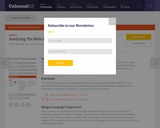
In this lesson, students will analyze the main idea and supporting details and apply it to the video they watch, "Insight into the Teenage Brain."
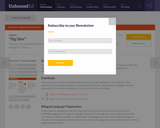
In this lesson, students will consider the overarching research question, "What are the potential benefits and risks of entertainment screen time, particularly to the development of teenagers?"
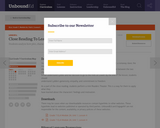
In this lesson, students will analyze how plot, character, and setting interact in Lyddie.
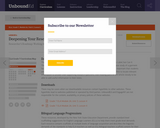
In this lesson,students will locate relevant information to answer their supporting research questions, focusing on the article, "An Apparel Factory Defies Sweatshop Label, but Can it Thrive?"
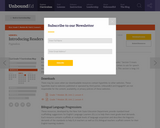
In this lesson, students will continue to read and analyze Pygmalion in manageable “chunks.” Section 3 treats the first half of Act II, in which the Flower Girl (who we now know is Eliza Doolittle) comes to ask for speech lessons from the Note Taker (who they now know is Henry Higgins, phonetics expert). This section is long (10 pages), but the plot moves quickly and is relatively easy to follow.
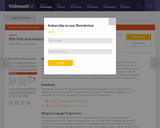
In this lesson, students will observe 5 of their classmates participating in a Fishbowl Discussion, filling out a peer observation sheet to help them notice the strengths and weaknesses of the discussion.
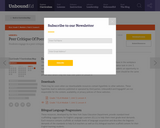
In this lesson, students will engage in a peer critique session focusing on use of evidence in their poems.

In this lesson, students will learn how to create targeted research questions.
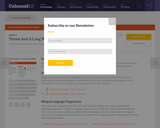
In this lesson, students will continue to work with the theme of survival in A Long Walk to Water and practice for the type of explanation of evidence that they will do in their end of unit assessment essay.
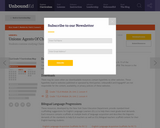
In this lesson, students will continue to examine unions as agent of change, focusing on Chavez's address and how he shifts the focus from the past to the future.
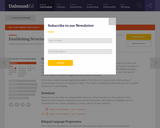
In this lesson, students will be introduced to a guiding question that will help focus their work. Students will gather evidence about Salva's and Nya's points of view.
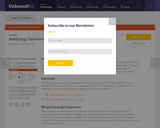
In this lesson, students will read the second half of Act II (Section 4). Eliza consents to the experiment, and her father, Alfred Doolittle, comes onto the scene, where we learn that he is a charming, thoroughly selfish man who only wants to get rid of his responsibility for Eliza and possibly earn some money through the experiment.
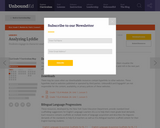
In this lesson, students engage in character analysis of Lyddie using evidence fro the text. Students will watch a short video to help them visualize the working conditions at the mill and understand the complex descriptions of the loom and mill in the next part of the book.
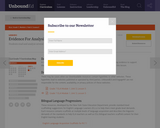
In this lesson, students will read and analyze several text excerpts and select strong evidence to support their analysis.